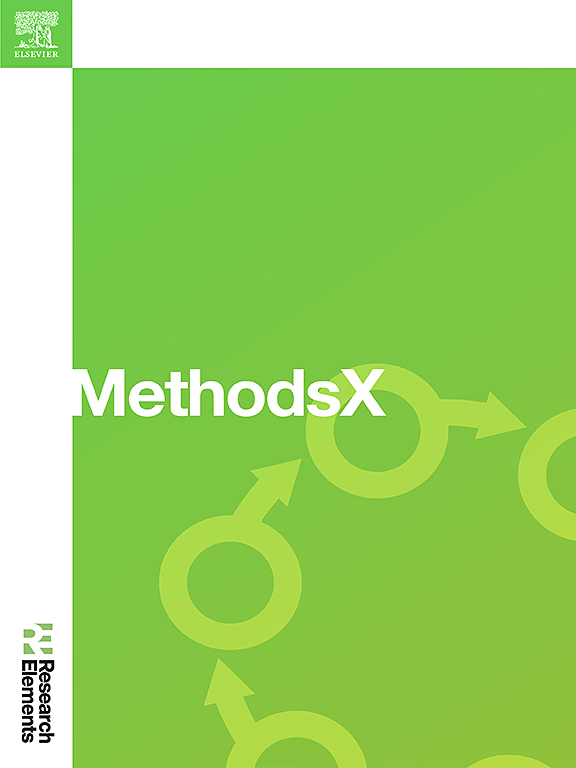一种基于人工智能的黑机识别新方法和信息系统
IF 1.6
Q2 MULTIDISCIPLINARY SCIENCES
引用次数: 0
摘要
如果一个国家关闭了识别系统(敌我识别系统和/或自动相关监视广播系统),识别进入该国主权空域的飞机一直是国家空中作战司令部面临的一个挑战。不愿透露身份的飞机被称为“黑色航班”,通常执行某些可能干扰一国领空主权的任务。负责监视空域的军事雷达单位通常配备一级监视雷达,用于探测其操作区域内飞机的存在,以及二级监视雷达,用于识别飞机。在黑色飞行的情况下,来自雷达的空速、高度和位置等数据无法帮助识别黑色飞行的身份。本研究的贡献是:•一种新的黑色飞行识别方法,将空速数据和高度与使用机器学习的雷达横截面(RCS)数据相结合;•一种新的信息系统,将军用雷达的计划位置指示器(PPI)和ADS-B的显示相结合,以加速黑色飞行的决策;•一种新的国家防空程序方法。本文章由计算机程序翻译,如有差异,请以英文原文为准。

A new method and information system based on artificial intelligence for black flight identification
Identification of aircraft entering a country's sovereign airspace if it shuts down its identification system, either the Identification Friend or Foe system and/or the Automatic Dependent Surveillance Broadcast system, has long been a challenge for the National Air Operations Command. Aircraft that do not want their identities to be revealed are called black flights and generally have certain missions that can interfere with the sovereignty of a country's airspace. Military radar units that have the task of monitoring airspace are generally equipped with Primary Surveillance Radar that detects the presence of aircraft in their operating area and Secondary Surveillance Radar which functions to identify the aircraft. In the case of black flight, data from the radar in the form of airspeed, altitude, and position are not able to help identify the identity of the black flight. The contributions of this research are:
- •a new method of black flight identification that combines air speed data and altitude with Radar Cross Section (RCS) data using machine learning,
- •a new information system that combines the display of the Plan Position Indicator (PPI) of military radar and ADS-B to accelerate decision-making on black flight,
- •a new approach to national air defense procedures.
求助全文
通过发布文献求助,成功后即可免费获取论文全文。
去求助
来源期刊

MethodsX
Health Professions-Medical Laboratory Technology
CiteScore
3.60
自引率
5.30%
发文量
314
审稿时长
7 weeks
期刊介绍:
 求助内容:
求助内容: 应助结果提醒方式:
应助结果提醒方式:


